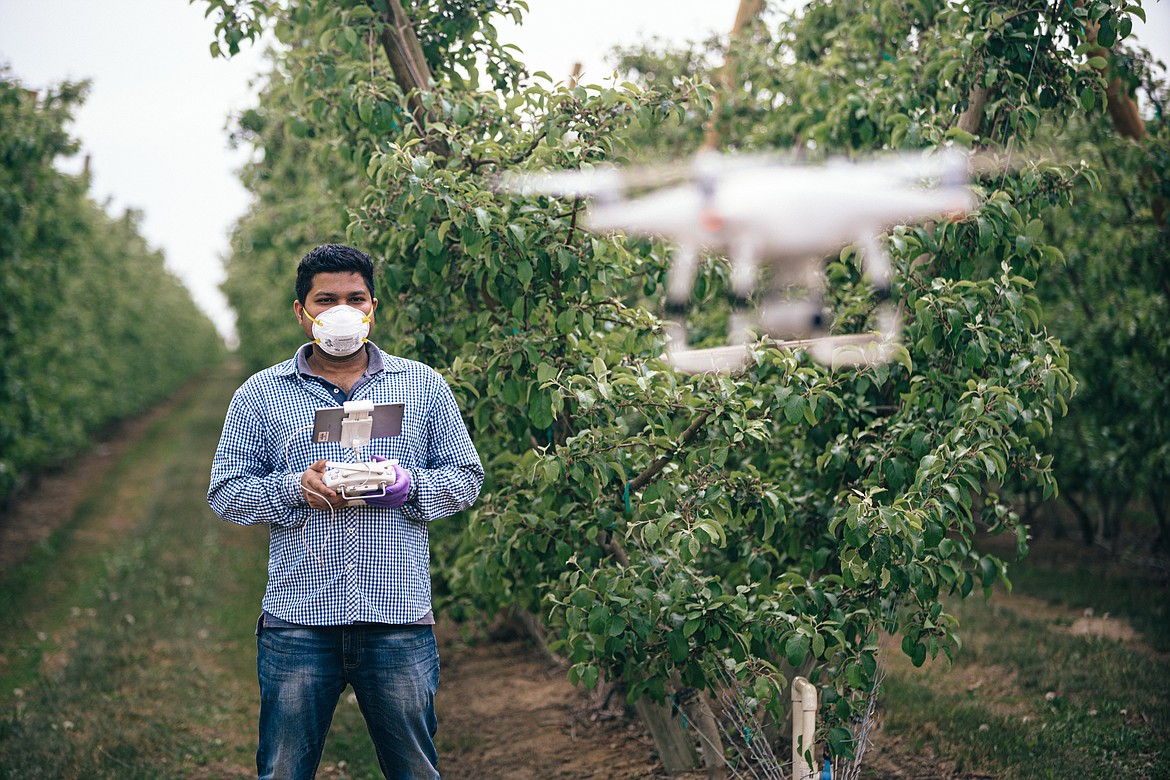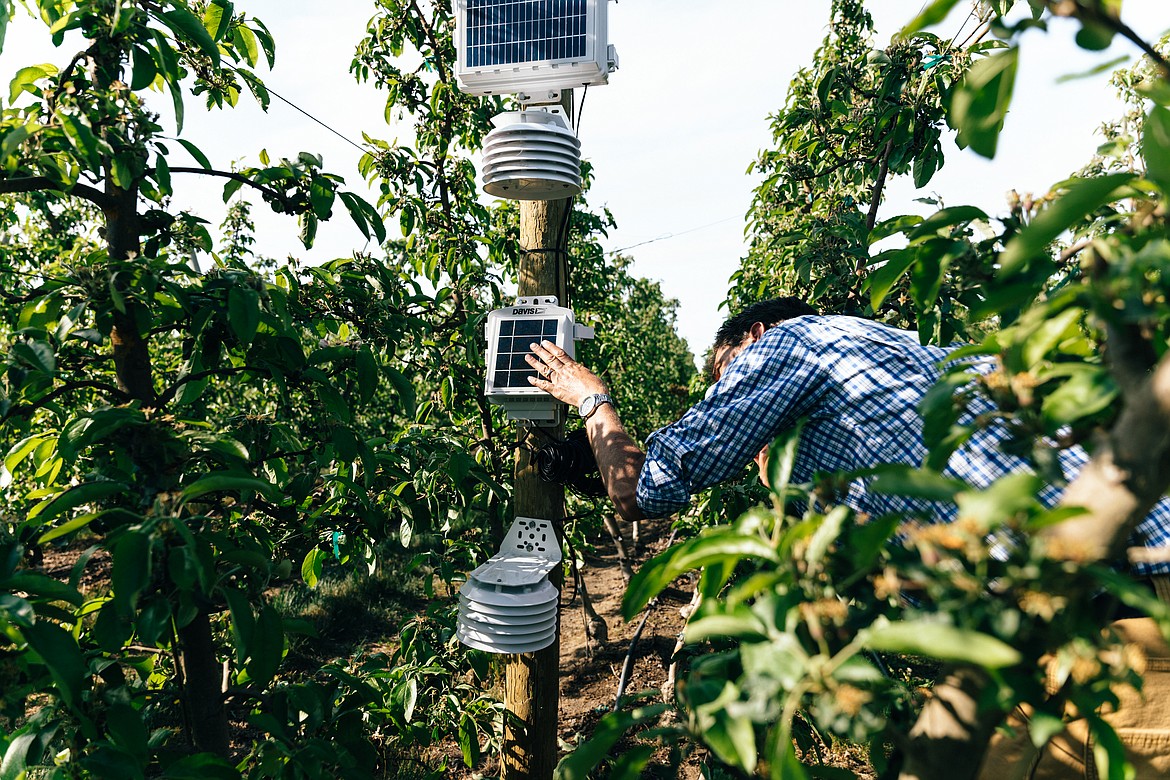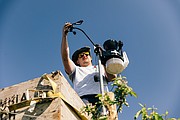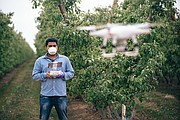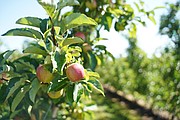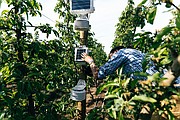Making ag data meaningful for farmers
WALLA WALLA — There’s a 20-acre apple orchard west of Eltopia that may be the most monitored patch of fruit trees in the entire world.
And that’s exactly what it’s supposed to be.
It’s the Smart Orchard, and it’s a collaboration of Chiawana Orchards, the Washington Tree Fruit Research Commission, Washington State University, and Innov8 Ag, a small software startup that looks to help farmers interpret and connect all the data their remote sensors can send to them.
Because getting the data isn’t the problem, according to Innov8 founder and CEO Steve Mantle. Making sense of it is.
“We are a startup that is focused on empowering growers with datas, more specifically on permanent crops, with orchards and vineyards,” said Mantle, a former Microsoft programmer who founded Innov8 in 2019.
Mantle is one of the panelists at this year’s NW Hort Expo and Washington Tree Fruit Association Annual Meeting online this year on Dec. 7-9.
Mantle said he started Innov8 to bring together all the varied streams of data a farmer might get — “data silos,” he calls them — into one interface, making it easier to see how they relate to each other. One grower he met said he had 19 different apps that he looked at to get data on his crops.
“So they’re not able to look at it all in one place, and that really impedes them from being able to make data-informed decisions,” Mantle said. “That’s really our focus, to take that data, bring it into one data warehouse, and make it inter-relatable with each other so that the grower can make informed, or data-driven, decisions.”
While he was working for Microsoft, Mantle was involved in several agriculture-related projects. He said he found in conversations with farmers across Eastern Washington that most wanted help with weather information, especially from scattered fields, so they could know when to spray in fields they didn’t live close to.
However, Mantle said there was little they could do for dryland wheat farmers. So he decided to focus his company’s efforts on orchards and vineyards.
“For an orchardist, it takes three years before one of these things starts producing. You have to do a lot of work to get things going, and it’s not as data-driven as they’d like,” he said.
Among the data collected in the Smart Orchard are microclimate temperature, wind and humidity levels, soil moisture and nutrients, as well as extensive data on the plants themselves — how fast they grow, how much water they take in on a daily basis, even how quickly sap flows.
In addition, drones snap pictures of trees, flowers and developing fruit to track over the season and occasional drive-throughs with ATVs taking LiDAR-assisted pictures of flowers and later the apples themselves, with artificial intelligence trained to identify apples. When combined with GPS data, the system merges the tree images with the orchard and canopy map, allowing growers to evaluate potential future yields and even take “virtual tours” of their orchards.
“Our focus over and over is how do we help the grower with their biggest costs or end up with a better outcome in terms of fruit quality and fruit yield,” Mantle said.
For example, Mantle said the magic number of blossoms — and apples — for any single trellised apple tree is 100, and that takes a lot of chemical thinning and hand pruning to achieve.
“Both of which are quite expensive and so providing them with a bloom count followed by an apple count later in the season helps them with understanding how much chemical and how much labor they need when and where,” he said.
While Mantle admits the 50 sensors are more than any 20-acre block needs, he says the overkill is essential to know where best to place the sensors and, more importantly, which sensors aren’t needed where.
“We wouldn’t typically go to a grower and say, you need 50 sensors for every 20-acre block. They would go nuts and so would we,” he said.
But Mantle said one grower, using the company’s sensors and mapping software combined with a high-tech chemical sprayer, was able to save 50% on chemicals “by spraying where there’s an actual tree as opposed to where there’s not a tree.”
The idea is to make the data useful and profitable, Mantle said.
“There’s a lot of moving parts, but it’s fun,” he explained. “And that’s kind of the intent, too, to make the data less of a burden and more contextual and more relevant to a grower.”
Charles H. Featherstone can be reached at cfeatherstone@coulumbiabasinherald.com.




